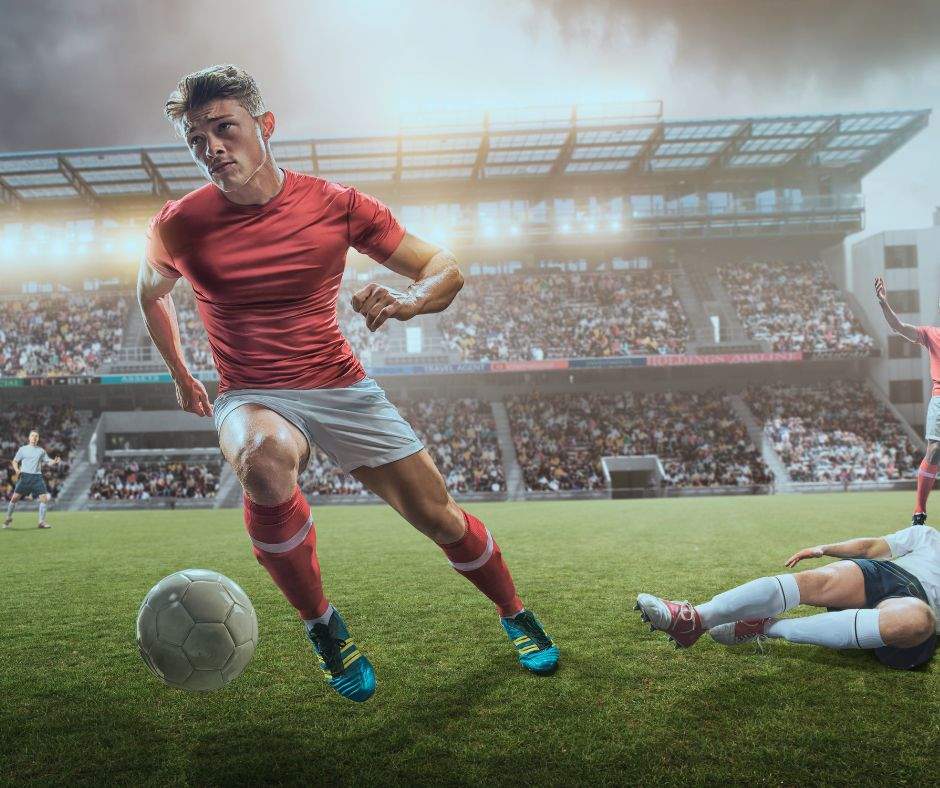How pitch data can drive research opportunities
Sports research laboratories, consultants and other sports specialists look at data to improve the surface, environment or player performance. Let’s look at how GrasPro can help with it.
Experience with GrasPro users shows that targeted pitch data collection and processing make it possible to assess and improve pitch quality, better manage conditions, increase utilisation and reduce investment, operating costs and environmental impact. Using the system provides a clear overview of the pitches’ care, quality and characteristics.
Based on the pitch data, a variety of studies and analyses can be carried out to influence the above factors and build an understanding of the pitch.
To take an example of pitch data use:
- Do factors such as a low grass mowing height influence the pitch resistance?
- The interaction between weather, water use and fertiliser sources. That is, how much the fertiliser application must be changed to offset precipitation and irrigation. An aspect that can be an environmental problem.
- How different maintenance measures affect the outcome of measuring the grass condition.
- How can pitch data support environmentally friendly pitch maintenance?
- The impact of accidents on players.
Player injuries and the pitch condition
There is clear evidence of inadequate stability and definitions of quantitative deficiencies. This GA review (1) [Lauren A. Petrass et. AL, 2013] is also presented in a scientific study by David Rennie and others published in 2015 (2) [David J. Rennie et. al, 2016].
The performance and capability of players are primarily determined by the type of surface they play on. Simple tests show whether if a surface is wet, hard, uneven, etc., can matter. These factors can affect ball flow, speed of play, player injuries and the game itself, among other things.

With improved data collection and data reliability, it is possible to investigate, for example, whether a fast surface is better suited for quick players to perform to their full potential.
It is of great interest to top-tier competition teams to pay close attention to on-pitch situations where large sums of money can be directly related to the performance of individual players in competing teams. Modern competition depends on whether a key player is injured or cannot play at full capacity due to pitch conditions. This can have far-reaching effects on a team’s earning potential and its long-term performance.
Achieving sustainability goals for stadium construction and maintenance
In FIFA Stadium Guidelines 2022 (3) FIFA stress that sustainable maintenance and operation of the stadiums are essential for the future. According to the UN, the energy intensity of buildings must be reduced 30% by 2030 compared to 2015 levels to meet the Paris Agreement. In addition to it, significant climate change mitigation measures include reducing CO2 emissions from materials used in stadium construction, maintenance and using clean energy to power stadiums.
The reduction of waste generated during stadium construction, operation and maintenance is another point to consider. For example, excavated soil generated on the construction site should be used for buildings where possible so that only material that cannot be re-used is removed. This helps reduce the volume of waste generated during development, reducing the carbon footprint, air pollution and lorry traffic.
Simple measures like composting grass clippings and re-using materials produced during pitch renovations and maintenance can also contribute. In fact, measuring your grass clipping yield can help manage nitrogen and PGR inputs more precisely, improving pitch consistency and performance whilst reducing waste.
A comprehensive record of moisture levels in the pitch using probes or underground sensors can also make a substantial difference. The desired station can be set by benchmarking moisture levels against pitch performance, and only the exact amount of water needed is used to achieve it.
The same method can be used for fertilisers and grass seeds. With optimum time for use pinpointed, it avoids product waste, budget waste and unnecessary deliveries.
Pitch data collection with GrasPro creates opportunities for gathering knowledge from data and research. The processing and use of this data and expertise will likely lead to significant improvements in the quality and operation, as well as improved player safety and performance.
Start your data journey now!
Leave your contact details to find out more.
Sources:
- Lauren A. Petrass and Dara M. Twomey (2013), The relationship between ground conditions and injury: What level of evidence do we have? Journal of Science and Medicine in Sport, 16 (2),. Doi: 0.1016/j.jsams.2012.07.005
- David J Rennie,Jos Vanrenterghem, Martin Littlewood, Barry Drust (2016), Can the natural turf pitch be viewed as a risk factor for injury within Association Football?? Journal of Science and Medicine in Sport, 19 (7), 547-552. Doi: 10.1016/j.jsams.2015.07.009
- FIFA Football Stadiums Guidelines 2022. Available here: https://publications.fifa.com/en/football-stadiums-guidelines/


